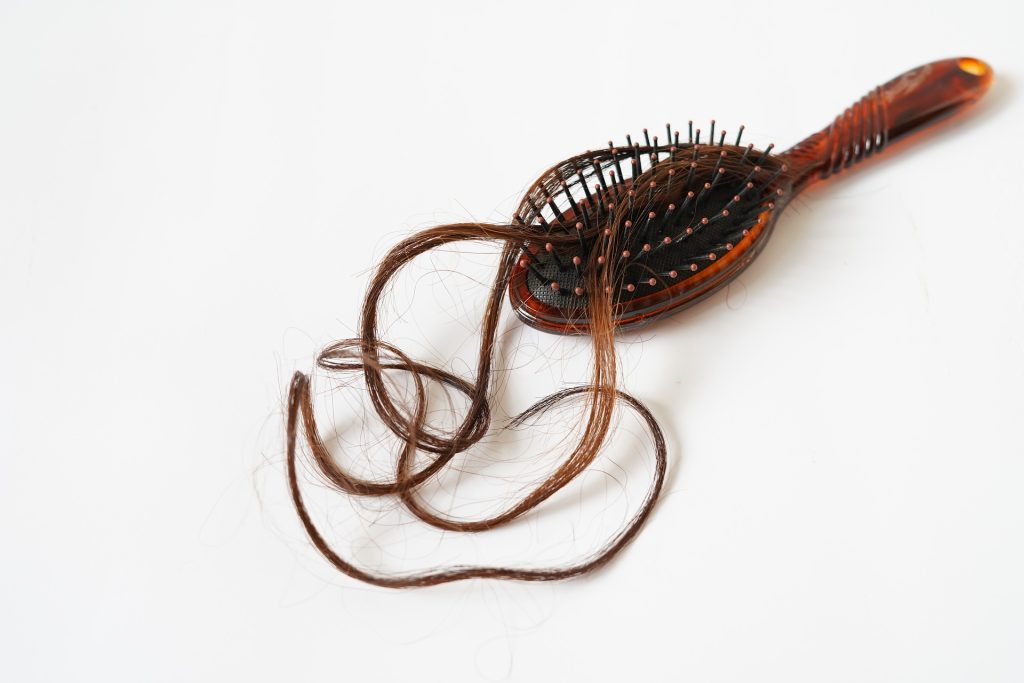How To Deal With Hair Loss From Chronic Illness

Hair loss can be one of the most challenging side effects of a chronic illness. It can be physically uncomfortable, emotionally distressing, and challenging to manage. It can be especially difficult to manage when it’s because of illness since hair loss doesn’t happen immediately. It’s hard to know how long it will go on and how long it will take to recover.
It usually takes 2-3 months to start noticing hair loss, and it’s hard to know when it’ll stop falling out and start growing back. This can make it more stressful and make you feel like you don’t have much control. However, there are some ways to deal with hair loss that can help you feel more confident, comfortable, and beautiful.
1. Talk to Your Doctor – They Can Help You Understand and Manage Hair Loss
If you’re experiencing hair loss due to a chronic illness or treatment, talk to your doctor. They can help you understand why it’s happening and provide you with advice on how to manage it. In some cases, your doctor may be able to adjust your treatment plan or prescribe medication to help prevent further hair loss.
2. Be Gentle with Your Hair – It’s Going Through a Tough Time
When you’re experiencing hair loss, it’s important to be gentle with your hair. Avoid using harsh chemicals, such as hair dye or bleach, which can damage your hair and scalp. Instead, opt for gentle shampoos and conditioners. Be sure to avoid using hot tools like blow dryers or flat irons, which can damage your hair.
When you’re brushing or styling your hair, be mindful and gentle. Use a wide-toothed comb or a soft-bristled brush and avoid pulling or tugging on your hair. Also, it may feel like your hair falls out more when it’s tied, which can be the case if it’s tight, but it can also be because the hair falling out throughout the day stays in place.
3. Experiment with Different Hairstyles – Try Something New and Fun
Hair loss can be an opportunity to try out new hairstyles! Some hairstyles, like high ponytails, can pull on your hair and make the situation worse. If your hair loss is significant and you feel like your hairstyles aren’t working for you anymore, you can try cutting your hair shorter. A shorter style can make your hair look fuller and thicker. You can also try wearing hats, scarves, or wigs to cover your hair loss or add some variety to your look. Don’t be afraid to experiment – this is a great opportunity to try something new and fun!
4. Take Care of Your Scalp – Nourish and Soothe
Your scalp plays a big role in your hair’s health. Massaging your scalp frequently can help promote hair growth, and helps to relieve tension and stress. You can also use a gentle scalp exfoliator to help remove dead skin cells and stimulate hair growth, or a scalp moisturizer or aloe vera gel to soothe your scalp and promote hair growth. Rosemary oil has also been shown to be as effective as minoxidil 2%, with significantly less frequent scalp itching.
5. Seek Support – You’re Not Alone
Hair loss can be an emotional challenge. Don’t be afraid to seek support from your loved ones, support groups, or a mental health professional. Talking about your feelings and concerns can help you cope with the changes in your appearance and feel more confident in your skin. Support groups and online communities can also provide a sense of connection and understanding with others who are going through a similar experience.
Anyone, regardless of age or gender, can struggle with hair loss. I’ve dealt with it multiple times, so you’re not alone. Remember that you’re beautiful, no matter what your hair looks like, and you’re strong and will get through this.
